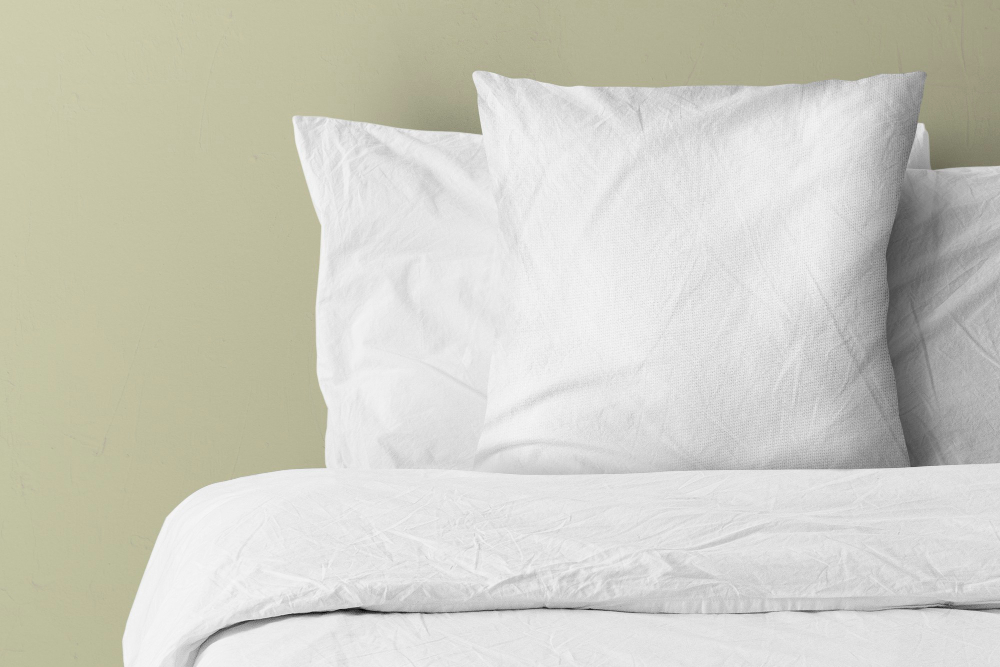How to Wash Pillows in Washing Machine
Washing pillows in a washing machine is a simple and effective way to keep them clean, fresh, and free of allergens. However, not all pillows are created equal, and proper care and attention are necessary to ensure they maintain their shape and integrity throughout the washing process. Whether you have synthetic, down, or memory foam pillows, mastering the art of pillow washing is essential for maintaining a clean and comfortable sleeping environment.
Checking Labels and Removing Pillowcases
Before tossing your pillows into the washing machine, it’s essential to check the care labels for specific washing instructions. Some pillows may have special care requirements or restrictions that you’ll need to follow to avoid damaging them during the washing process. Once you’ve confirmed that your pillows are machine washable, remove any pillowcases or protective covers and set them aside for washing separately.
Addressing Stains and Odors
If your pillows have any visible stains or odors, pre-treating them before washing can help ensure more effective cleaning results. Spot-treat stains with a gentle detergent or stain remover, and allow them to sit for a few minutes before proceeding to the washing machine. For stubborn odors, sprinkle baking soda over the surface of the pillows and let them sit for several hours or overnight to absorb and neutralize unpleasant smells.
Balancing the Washing Machine
Properly loading your pillows into the washing machine is crucial for ensuring a thorough and even clean. Avoid overcrowding the machine, as this can prevent the pillows from circulating freely and may result in uneven cleaning. Instead, place the pillows in the machine evenly, making sure there is enough space for water and detergent to penetrate and clean them effectively. If you’re washing multiple pillows, consider washing them in separate loads to ensure proper cleaning and prevent overcrowding.
Choosing the Right Formula
Selecting the appropriate detergent is key to achieving clean and fresh-smelling pillows. Opt for a mild, gentle detergent that is suitable for delicate fabrics and sensitive skin. Avoid using bleach or harsh chemicals, as these can damage the fibers of the pillows and cause discoloration or deterioration over time. If you prefer, you can also add a small amount of white vinegar to the wash cycle to help remove any lingering odors and disinfect the pillows naturally.
Using Gentle Settings
When washing pillows in a washing machine, it’s best to use a gentle or delicate cycle to avoid damaging the pillows’ fibers or causing them to lose their shape. Use cold or lukewarm water and a slow spin speed to minimize agitation and reduce the risk of clumping or bunching. Additionally, consider adding an extra rinse cycle to ensure that all detergent residue is thoroughly removed from the pillows, leaving them clean and residue-free.
Air-Drying or Tumble-Drying
After the wash cycle is complete, it’s time to dry your pillows. Depending on the type of pillows you have and your personal preference, you can either air-dry them or tumble-dry them in a dryer. If air-drying, lay the pillows flat on a clean towel in a well-ventilated area, flipping them periodically to ensure even drying. Alternatively, if tumble-drying, use a low heat setting and add a few clean tennis balls or dryer balls to help fluff and redistribute the filling inside the pillows.
Restoring Pillow Plumpness
Once your pillows are dry, give them a gentle fluffing to restore their plumpness and shape. Massage the pillows with your hands or gently shake them to redistribute the filling and fluff up the fibers. If necessary, you can also use a soft-bristled brush or upholstery attachment on your vacuum cleaner to remove any remaining lint or debris from the surface of the pillows. Finally, replace the pillowcases or protective covers and enjoy your freshly washed and rejuvenated pillows for a comfortable and restful night’s sleep.
